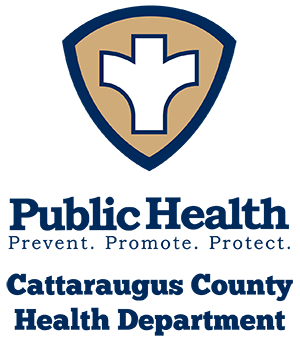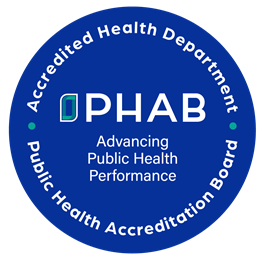The Environmental Health Division routinely conducts inspections of onsite water supplies and onsite wastewater treatment systems for real property transfers. These surveys are mandatory for most transfers of real property with onsite water supplies and/or oniste wastewater treatment systems (SCCCHD Part 17). However, there are several exemptions for special types of real property transfers.
Exemptions Include:
- Properties connected to both public water and wastewater utilities.
- Properties transferred as part of a foreclosure action.
- Owner-occupied single-family residences transferred between immediate family members. (Rental properties are not exempt)
- Properties transferred by operation of law, such as intestate or testamentary succession. (Intestate and testamentary succession are legal terms describing specific types of property transfers associated with the death of the property owner. Contact your attorney for more information about these types of real property transfers.)
- Properties transferred in connection with a partition action under Article 9 of the "Real Property Actions and Proceedings Law".
Please note that lending agencies often require inspections of onsite water supplies and onsite wastewater treatment systems as part of the lending process. County code exemptions are independent of lending agency requirements.
How is a Water/Wastewater Survey Performed?
Inspections of private water supplies consist of a bacteriological water sample and a visual inspection of the water source and any water system equipment. A water supply is considered potable if the water sample indicates an absence of contamination by both coliform and E. colibacteria. It is common for old systems to have to be disinfected or sources better developed and protected to pass the bacteria test.
Inspections of wastewater treatment systems typically consist of a dye test. During a dye test, dye is introduced to your treatment system through your toilet facilities. A large amount of water is flushed through the system by running faucets for up to an hour. This is to ensure that the dye travels through the entire system during the test. If your plumbing does not back up and no dye is observed reaching the ground surface, then your system might not need repairs or replacement.


